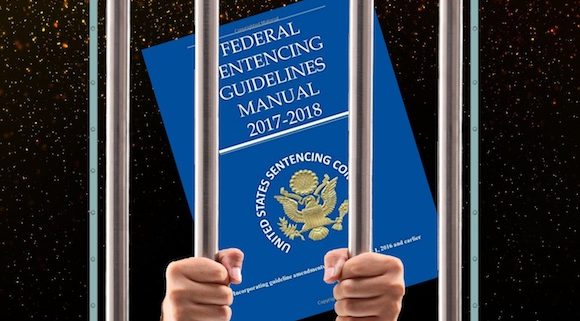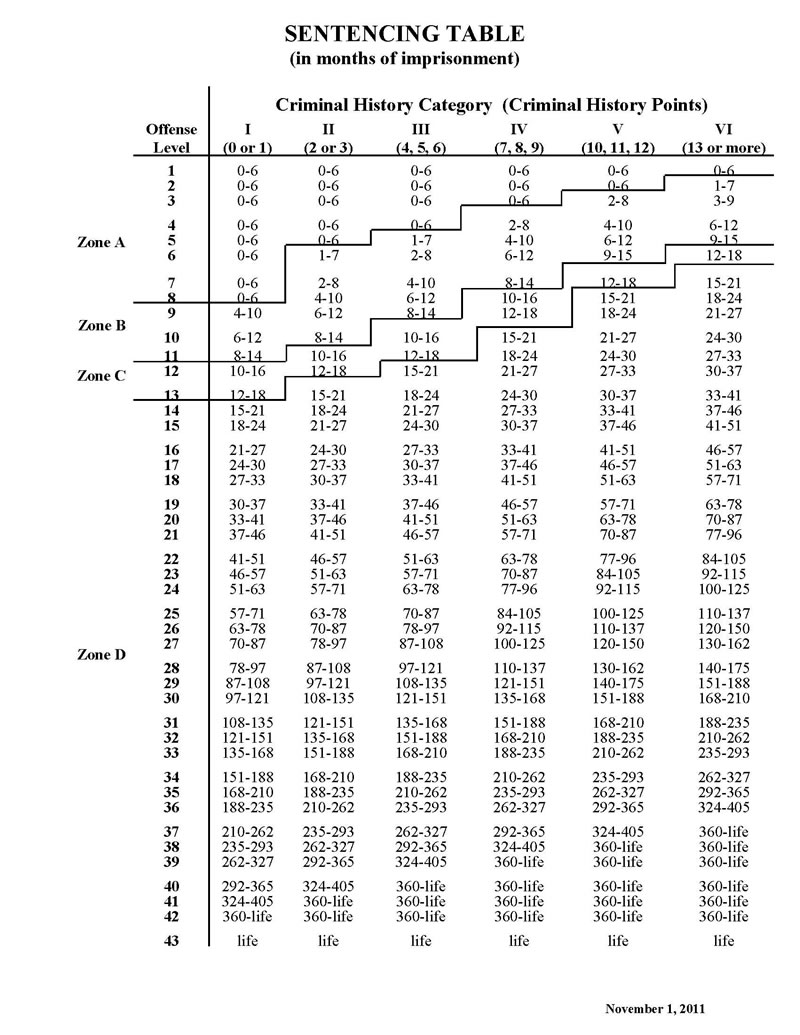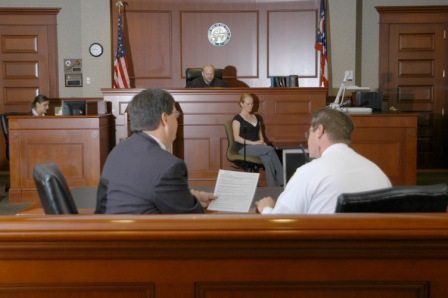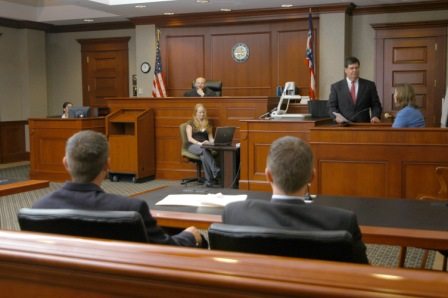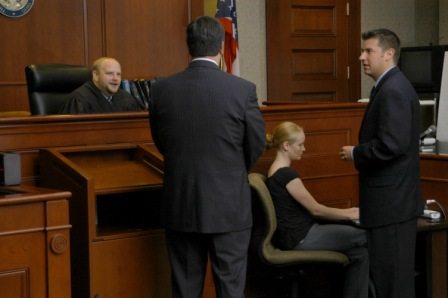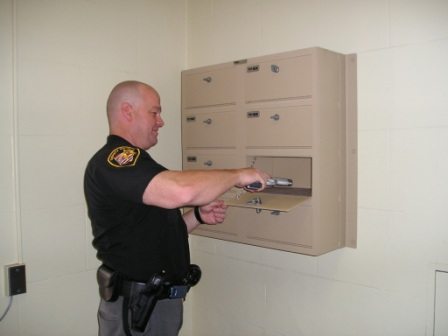On November 16, 2022, Circuit Court Judge Jennifer Dorow sentenced Waukesha WI parade attacker Darrell E. Brooks, Jr. to serve six consecutive life sentences without the possibility of extended supervised release/parole. These six life sentences were for 1st-Degree Intentional Homicide of six people who were marching in the parade.
Judge Dorow also imposed an additional 762 years for multiple counts of Intentional Homicide with modifier – Use of a Dangerous Weapon, 6 counts of Hit and Run-Involve Death, 2 counts of Bail Jumping-Felony, and 1 count of Battery/Domestic Abuse.
At his sentencing hearing, Brooks delivered a long-winded, circuitous, rambling, and convoluted statement where he, for over two hours, professed his devotion to God and his love for his children whom he doesn’t live with nor support. He professed respect for Erika Patterson, a former girlfriend, and mother of one of his children, who he abused physically and mentally, including running her over with the same SUV he used in the parade attack. He’s currently standing trial for that charge among others in another Wisconsin jurisdiction.
He professed respect for the court (what a laugh this was since he quite often disrupted the proceedings and berated the judge, calling her a joke and accusing her of treason). He professed respect for two members of the prosecution team, but expressed clear disdain and that he had no respect for District Attorney Sue Opper. He said she “wasn’t that bright.”
When speaking of and directly to DA Opper regarding her role the trial, Brooks said,

Screenshot of Brooks making the “Am I angry” statement toward DA Sue Opper
Brooks continued with numerous excuses for and reasons why he’s a career criminal—a bad childhood when his mother worked two or three jobs. That they lived in poverty and their apartment was infested with insects and rodents and that live bugs were often found in their morning cereal. He mentioned growing up without a father, standing with his mother in the “welfare line” to receive milk and cheese, and that he’d been bullied and made fun of and experienced mental health troubles throughout his life.
He told the court he needed help for mental illness and would like to be sent somewhere where he could receive it in the form of medication. His implication was to be sent somewhere other than prison.
For the first time since the parade attack, Brooks did finally mange to squeak out an apology for what happened at the parade but not for the fact that he was responsible for it. It was not an apology to the victims for what he did to them.
Comments made by Darrell Brooks during sentencing statement.
“Not only am I sorry for what happened, I’m sorry that you could not see what’s truly in my heart.”
“I apologize for not showing people what they wanted to see.”
“I have to look at my life going forward. Not looking backward. I have to look at reality.”
“I’ve moved past the day of the actual tragedy of the day of November 21, 2021, but I have not moved past uplifting this community in prayer and will continue to until it’s my time to pass on.”
“To clarify, so there’s no misconception, none of us can go back and change what happened. We can’t. But that doesn’t mean that my life has to be defined by that. I’ve moved past the actual day.”
“Regardless of how anyone feels I will continue to pray for them.”
“This was not an attack. It was NOT an attack.”
Brooks cried when speaking about his daughter not being able to talk to him when she wants to do so. No mention, though, of the parents and sibling of the 8-year-old boy he ran down and killed. No words for the other people he murdered and their family members who would never again be able to talk to their husband, wives, grandmothers, sisters, and aunts. No mention of the dozens of people who suffered brain injuries, compound fractures, loss of and damage to body organs, weeks-long comas, PTSD, nightmares, were dragged through the street by his vehicle, slammed by the SUV and sent flying 30-feet trough the air, landing on the pavement or curb.
His “speech,” as always, was all about “ME, ME, ME.”
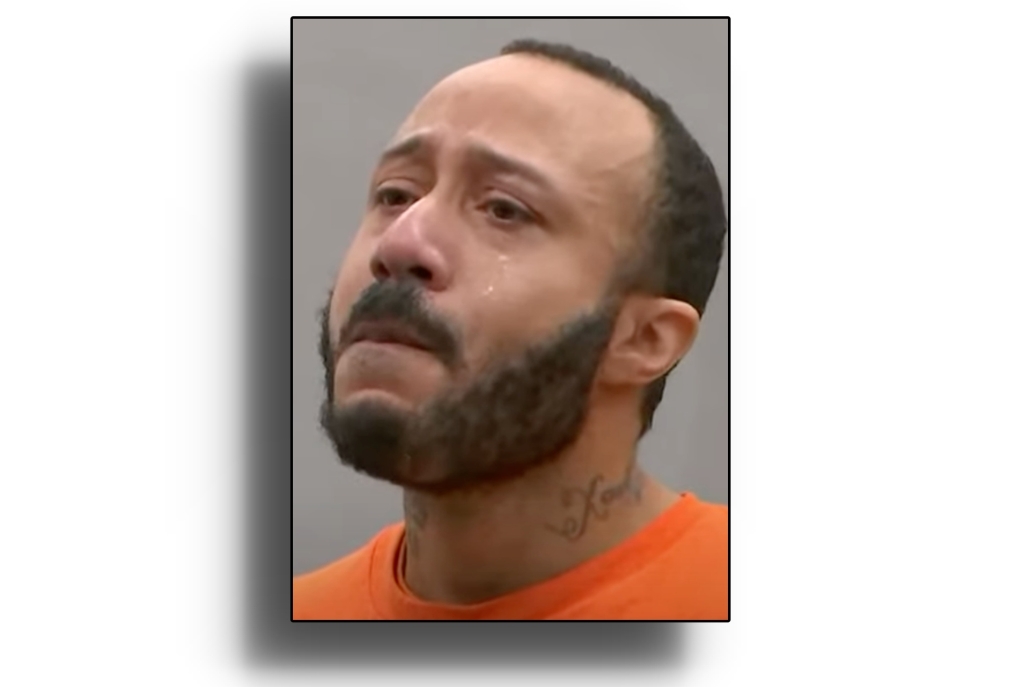
Brooks cried when speaking about his children not being able to see and speak to him when they wanted, but no mention of the families of the people he killed
Brooks went back to the mental health issue several times. However, after cutting off Brooks once he’d begun repeating himself multiple times in what was likely a classic Brooks move to stall the inescapable, Judge Dorow read aloud portions of reports written by four mental health experts who examined Brooks and his case. Each of the four stated that while Brooks had a personality disorder, in no way did he suffer from mental defect. He, they said, knew right from wrong and that he clearly knew what he was doing at the time of the attack. Mental illness was not a contributing factor in his violent behaviors.

Judge Jennifer Dorow speaking to Brooks
“There are many times, many times when good people do bad things, but there are times when evil people do bad things. Some people, unfortunately, choose a path of evil, and I think, Mr. Brooks, you are of those such persons. Frankly, Mr. Brooks, no one is safe from you. This community can only be safe if you are behind bars for the rest of your life,” Dorow said.
Judge Dorow then outlined all the reasons behind the sentences she was about to impose., which was …
COUNT 1: 1st-Degree Intentional Homicide
Total length of the sentence is LIFE IMPRISONMENT; 360 Days Sentence Credit; Defendant is not eligible for release to extended supervision. TOTAL RESTITUTION: $47,193.29 to EMC Insurance Company on behalf of the School District of Waukesha and $124,220.65 to the Crime Victim Compensation Program; COURT COSTS: $268; DNA SURCHARGE: $250.
COUNTS 2-6: 1st-Degree Intentional Homicide
Total length of the sentence is LIFE IMPRISONMENT; 0 Days Sentence Credit; Consecutive to Count 1 and each other; Defendant is not eligible for release to extended supervision. COURT COSTS: $268, per count; DNA SURCHARGE: $250, per count.
COUNTS 7-67: 1st-Degree Intentional Homicide with modifier Use of a Dangerous Weapon
IMPOSED SENTENCE OF: 17.5 YEARS OF IMPRISONMENT (Credit: 0 Days) 12.5 YEARS OF INITIAL CONFINEMENT 5 YEARS OF EXTENDED SUPERVISION Consecutive to: To any other sentence and to each other; Defendant is not eligible for Challenge Incarceration Program. Defendant is not eligible for Substance Abuse Program. CONDITIONS OF EXTENDED SUPERVISION: *No Contact with any victims listed in the Amended Victim Identification Key; *No Contact with Erika Patterson; COSTS: $268 per count; DNA SAMPLE AND SURCHARGE: $250 per count.
COUNT 68: Hit and Run-Involve Death
IMPOSED SENTENCE OF: 25 YEARS OF IMPRISONMENT (Credit: 360 Days) 15 YEARS OF INITIAL CONFINEMENT 10 YEARS OF EXTENDED SUPERVISION Concurrent to Count 1: Defendant is not eligible for Challenge Incarceration Program. Defendant is not eligible for Substance Abuse Program. CONDITIONS OF EXTENDED SUPERVISION: *No Contact with any victims listed in the Amended Victim Identification Key; *No Contact with Erika Patterson; COSTS: $268; DNA SAMPLE AND SURCHARGE: $250.
COUNT 69: Hit and Run-Involve Death
IMPOSED SENTENCE OF: 25 YEARS OF IMPRISONMENT (Credit: 0 Days) 15 YEARS OF INITIAL CONFINEMENT 10 YEARS OF EXTENDED SUPERVISION Concurrent to Count 2: Defendant is not eligible for Challenge Incarceration Program. Defendant is not eligible for Substance Abuse Program. CONDITIONS OF EXTENDED SUPERVISION: *Same as Count 68; COSTS: $268; DNA SAMPLE AND SURCHARGE: $250.
COUNT 70: Hit and Run-Involve Death
IMPOSED SENTENCE OF: 25 YEARS OF IMPRISONMENT (Credit: 0 Days) 15 YEARS OF INITIAL CONFINEMENT 10 YEARS OF EXTENDED SUPERVISION Concurrent to Count 3: Defendant is not eligible for Challenge Incarceration Program. Defendant is not eligible for Substance Abuse Program. CONDITIONS OF EXTENDED SUPERVISION: *Same as Count 68; COSTS: $268; DNA SAMPLE AND SURCHARGE: $250.
COUNT 71: Hit and Run-Involve Death
IMPOSED SENTENCE OF: 25 YEARS OF IMPRISONMENT (Credit: 0 Days) 15 YEARS OF INITIAL CONFINEMENT 10 YEARS OF EXTENDED SUPERVISION Concurrent to Count 4: Defendant is not eligible for Challenge Incarceration Program. Defendant is not eligible for Substance Abuse Program. CONDITIONS OF EXTENDED SUPERVISION: *Same as Count 68; COSTS: $268; DNA SAMPLE AND SURCHARGE: $250.
COUNT 72: Hit and Run-Involve Death
IMPOSED SENTENCE OF: 25 YEARS OF IMPRISONMENT (Credit: 0 Days) 15 YEARS OF INITIAL CONFINEMENT 10 YEARS OF EXTENDED SUPERVISION Concurrent to Count 5: Defendant is not eligible for Challenge Incarceration Program. Defendant is not eligible for Substance Abuse Program. CONDITIONS OF EXTENDED SUPERVISION: *Same as Count 68; COSTS: $268; DNA SAMPLE AND SURCHARGE: $250.
COUNT 73: Hit and Run-Involve Death
IMPOSED SENTENCE OF: 25 YEARS OF IMPRISONMENT (Credit: 0 Days) 15 YEARS OF INITIAL CONFINEMENT 10 YEARS OF EXTENDED SUPERVISION Concurrent to Count 6; Defendant is not eligible for Challenge Incarceration Program. Defendant is not eligible for Substance Abuse Program. CONDITIONS OF EXTENDED SUPERVISION: *Same as Count 68; COSTS: $268; DNA SAMPLE AND SURCHARGE: $250.
COUNTS 74-75: Bail Jumping-Felony
IMPOSED SENTENCE OF: 6 YEARS OF IMPRISONMENT (Credit: 0 Days) 3 YEARS OF INITIAL CONFINEMENT 3 YEARS OF EXTENDED SUPERVISION Consecutive to all other counts, but concurrent to each other; Defendant is not eligible for Challenge Incarceration Program. Defendant is not eligible for Substance Abuse Program. CONDITIONS OF EXTENDED SUPERVISION: *No Contact with any victims, or their families, listed in the Amended Victim Identification Key; *No Contact with Erika Patterson; COSTS: $268 per count; DNA SAMPLE AND SURCHARGE: $250 per count.
*COUNT 76: Battery/Domestic Abuse
JAIL: 9 Months; 0 Days Credit. Consecutive to any other sentence; Costs: $243; DV Surcharge: $100; DNA Sample and Surcharge: $200.
*Restitution to be paid before Costs/Surcharges/Fees. Restitution/Costs/Surcharges and Fees to be collected from prison monies pursuant to statutory provisions.
*Court finds an order for an escrow account is appropriate under 949.165 for payment of restitution and court costs/fees/surcharges, and even for costs associated with prior or future legal representation, etc. under the statute.
Body Armor, Felony warnings, voting rights, and firearms warnings given. (Judge Dorow informed Brooks that as a convicted felon he is not permitted to possess body armor or firearms, and may not vote unless his voting rights are restored).
Clerk provided the Defendant with Notice of Right to Pursue Postconviction Relief with the case number filled in, as well as the Voter Ineligibility Notice and Acknowledgment.
*COUNT 76: Battery/Domestic Abuse – Brooks assaulted/battered his girlfriend Erika Patterson.

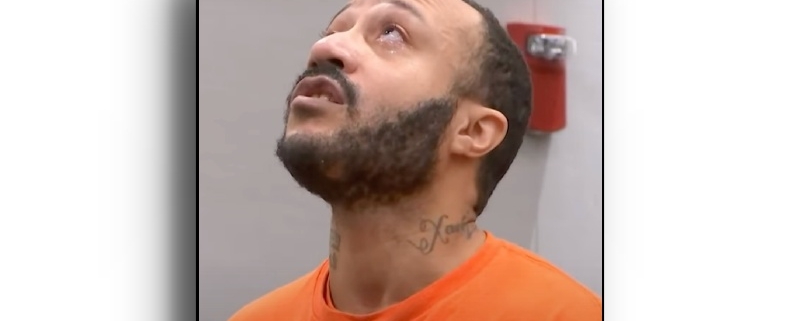

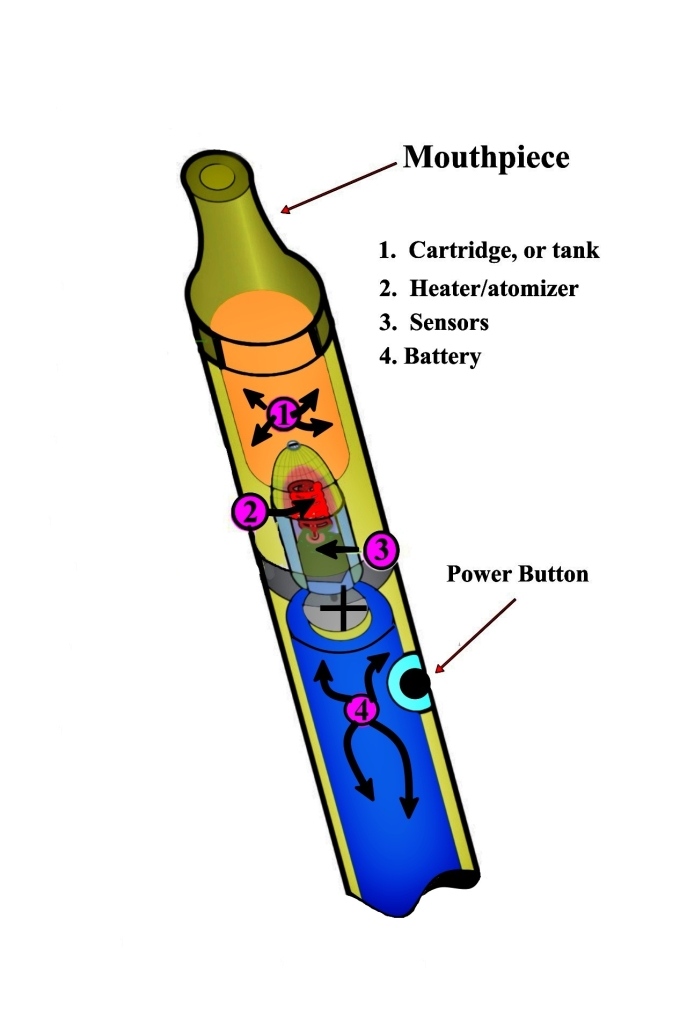




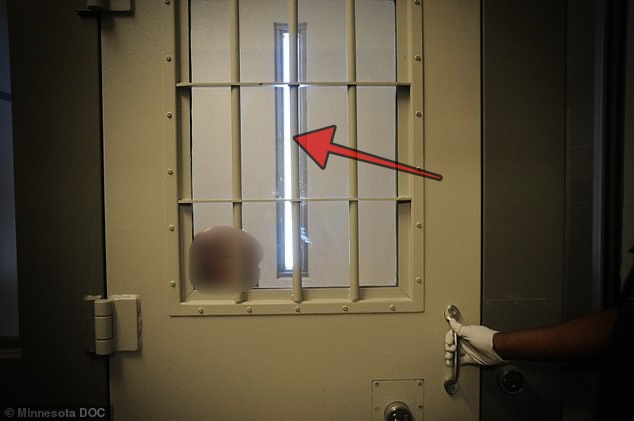

 Guest of Honor Charlaine Harris is a true daughter of the South. She was born in Mississippi and has lived in Tennessee, South Carolina, Arkansas, and Texas. After years of dabbling with poetry, plays, and essays, her career as a novelist began when her husband invited her to write full time. Her first book,
Guest of Honor Charlaine Harris is a true daughter of the South. She was born in Mississippi and has lived in Tennessee, South Carolina, Arkansas, and Texas. After years of dabbling with poetry, plays, and essays, her career as a novelist began when her husband invited her to write full time. Her first book, Susan Hatters Friedman, MD
Susan Hatters Friedman, MD Kathy Bennett worked for the LAPD for twenty-nine years. Eight years were spent as a civilian employee, and she served twenty-one years as a police officer. While most of her career was spent in a patrol car, Kathy also worked at the police academy as a firearms instructor, promoted to the position of a field training officer, then worked in the “War Room” as a crime analyst. She promoted again, this time to the position of Senior Lead Officer—where she was in charge of a basic car area within a geographic division. She’s done a few stints undercover and was honored to be named Officer of the Year in 1997.
Kathy Bennett worked for the LAPD for twenty-nine years. Eight years were spent as a civilian employee, and she served twenty-one years as a police officer. While most of her career was spent in a patrol car, Kathy also worked at the police academy as a firearms instructor, promoted to the position of a field training officer, then worked in the “War Room” as a crime analyst. She promoted again, this time to the position of Senior Lead Officer—where she was in charge of a basic car area within a geographic division. She’s done a few stints undercover and was honored to be named Officer of the Year in 1997. Bruce Robert Coffin is the award-winning author of the bestselling Detective Byron mystery series. A former detective sergeant with more than twenty-seven years in law enforcement, he supervised all homicide and violent crime investigations for Maine’s largest city. Following the terror attacks of September 11, 2001, Bruce spent four years investigating counter-terrorism cases for the FBI, earning the Director’s Award, the highest award a non-agent can receive.
Bruce Robert Coffin is the award-winning author of the bestselling Detective Byron mystery series. A former detective sergeant with more than twenty-seven years in law enforcement, he supervised all homicide and violent crime investigations for Maine’s largest city. Following the terror attacks of September 11, 2001, Bruce spent four years investigating counter-terrorism cases for the FBI, earning the Director’s Award, the highest award a non-agent can receive.


 “I meant the blue house on River Road, the first one on the right past the old oak tree, not the first one on the left. It was an honest mistake. Oops!”
“I meant the blue house on River Road, the first one on the right past the old oak tree, not the first one on the left. It was an honest mistake. Oops!”






